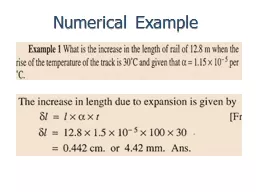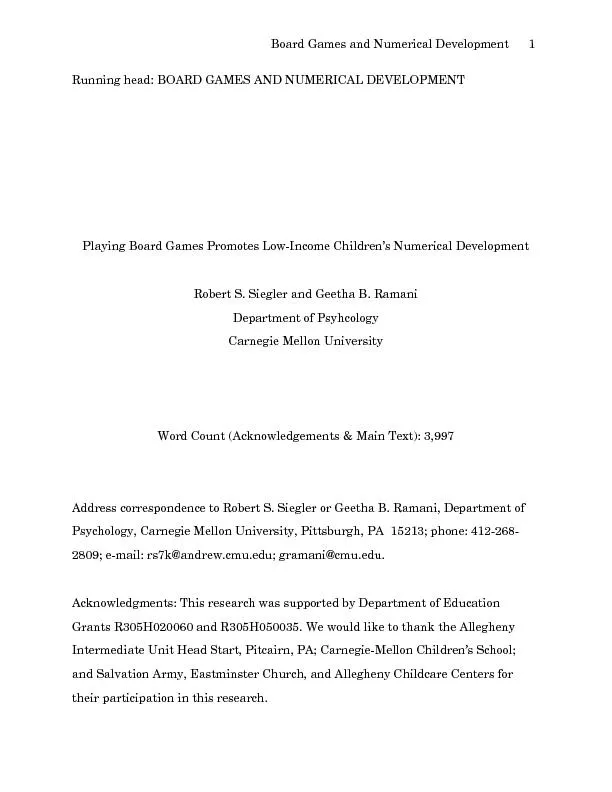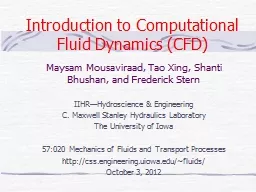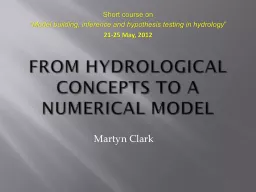PPT-Numerical Example
Author : pamella-moone | Published Date : 2017-07-27
Numerical Example What should be the length of track to overcome temperature stress if rise in temperature t 30 C Assume 700 kg as resistance to track movement
Presentation Embed Code
Download Presentation
Download Presentation The PPT/PDF document "Numerical Example" is the property of its rightful owner. Permission is granted to download and print the materials on this website for personal, non-commercial use only, and to display it on your personal computer provided you do not modify the materials and that you retain all copyright notices contained in the materials. By downloading content from our website, you accept the terms of this agreement.
Numerical Example: Transcript
Download Rules Of Document
"Numerical Example"The content belongs to its owner. You may download and print it for personal use, without modification, and keep all copyright notices. By downloading, you agree to these terms.
Related Documents














